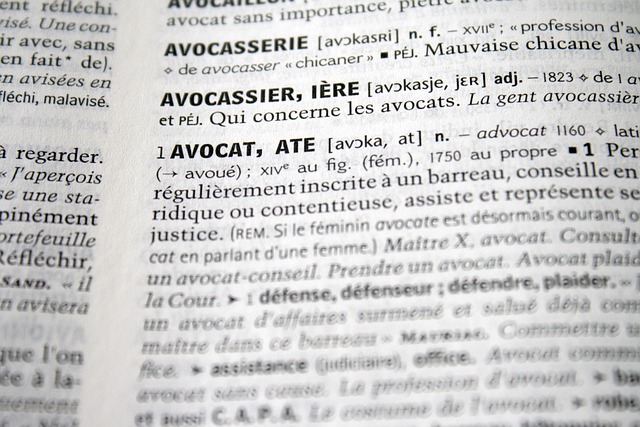Mail wire fraud, a digital-age crime utilizing deceptive communications and financial systems, targets individuals and businesses through phishing scams. Understanding the regulatory law governing these frauds is crucial for navigating litigation stages, where prosecutors must prove intent and pattern of deception. Skilled legal representatives play a vital role in securing verdicts by conducting thorough investigations and employing strategic argumentation to protect clients from unjust accusations, emphasizing adherence to regulatory guidelines. Staying informed about regulatory laws and litigation stages empowers individuals and corporations to combat these scams and protect themselves from financial loss.
Mail wire fraud, a deceptive practice that exploits the trust in our mailing systems, poses significant risks to individuals and businesses alike. This article delves into the intricate world of mail wire fraud, unraveling common schemes that have become increasingly sophisticated. We explore the regulatory framework and legal responses aimed at combating these crimes, highlighting the crucial role of authorities in investigating and prosecuting such cases. Furthermore, we break down the litigation stages involved, offering a comprehensive understanding of the process from initial investigation to resolution, while emphasizing the importance of knowledge on understanding regulatory law and its impact on litigation stages.
- Mail Wire Fraud: Unveiling the Schemes
- – Definition and common types of mail wire fraud
- – How these scams operate and who they target
Mail Wire Fraud: Unveiling the Schemes

Mail Wire Fraud is a sophisticated criminal activity that has become increasingly prevalent in today’s digital age. At its core, it involves the deceptive use of electronic communication and financial systems to defraud individuals and businesses. These schemes often manifest as phishing scams, where criminals impersonate legitimate organizations to trick victims into revealing sensitive information like bank details or personal data. Once obtained, this information is exploited for financial gain, leading to significant losses for both corporate and individual clients.
Understanding the regulatory law behind these frauds is crucial in navigating the litigation stages. Prosecutors must demonstrate intent and a pattern of deception to secure convictions. However, as these cases can be complex, many accused individuals face challenges in avoiding indictment. Skilled legal representatives play a vital role here, offering winning challenging defense verdicts for their clients. Through meticulous investigation and strategic argumentation, they ensure that corporate and individual clients are protected against unjust accusations, highlighting the importance of adhering to regulatory guidelines to avoid becoming ensnared in these cunning frauds.
– Definition and common types of mail wire fraud

Mail wire fraud refers to a sophisticated criminal activity where individuals or organized crime groups use deceptive means to manipulate financial transactions through postal or electronic wiring systems. This fraudulent scheme often involves impersonating legitimate organizations, such as banks, to gain victims’ trust and persuade them to send money or sensitive information. Common types include phishing scams, where fraudsters masquerade as authorities requesting urgent wire transfers, and business email compromise (BEC) attacks targeting businesses involved in international trade.
In BEC scams, criminals infiltrate corporate systems and target high-level employees, manipulating them to approve fraudulent payments or disclosures. Given the global reach of mail services and electronic wiring, these crimes can have far-reaching consequences, impacting not just individuals but also philanthropic and political communities across the country. Understanding regulatory law and being vigilant during litigation stages is crucial in avoiding indictment for victims and ensuring justice for perpetrators.
– How these scams operate and who they target

Mail wire frauds, a sophisticated and increasingly common scam, operate by exploiting individuals’ trust in traditional mail and financial systems. Scammers target those who are less tech-savvy or unfamiliar with modern security protocols, often focusing on corporate and individual clients across the country. They typically begin by sending legitimate-looking documents via mail, which appear to be from banks, government agencies, or reputable companies. The documents often contain urgent requests to update banking information or verify personal details under the guise of ensuring security or processing important transactions.
Once the victim provides their sensitive data, usually through wire transfer or online platforms, scammers gain access to their accounts and steal funds. These scams have evolved to include advanced techniques, making it crucial for individuals and businesses alike to understand regulatory laws and be aware of the litigation stages involved in such cases. By staying informed about these deceptive practices, corporate and individual clients can better protect themselves from falling victim to mail wire frauds.
Mail wire fraud remains a persistent threat, with sophisticated schemes continuously evolving. Understanding the different types, how they operate, and who they target is crucial in navigating these dangerous waters. By being vigilant and staying informed about the latest scams, individuals can protect themselves. Furthermore, recognizing the regulatory law landscape and understanding the litigation stages involved can serve as powerful tools in combating these fraudulent activities, ensuring justice for victims and deterring potential offenders.






